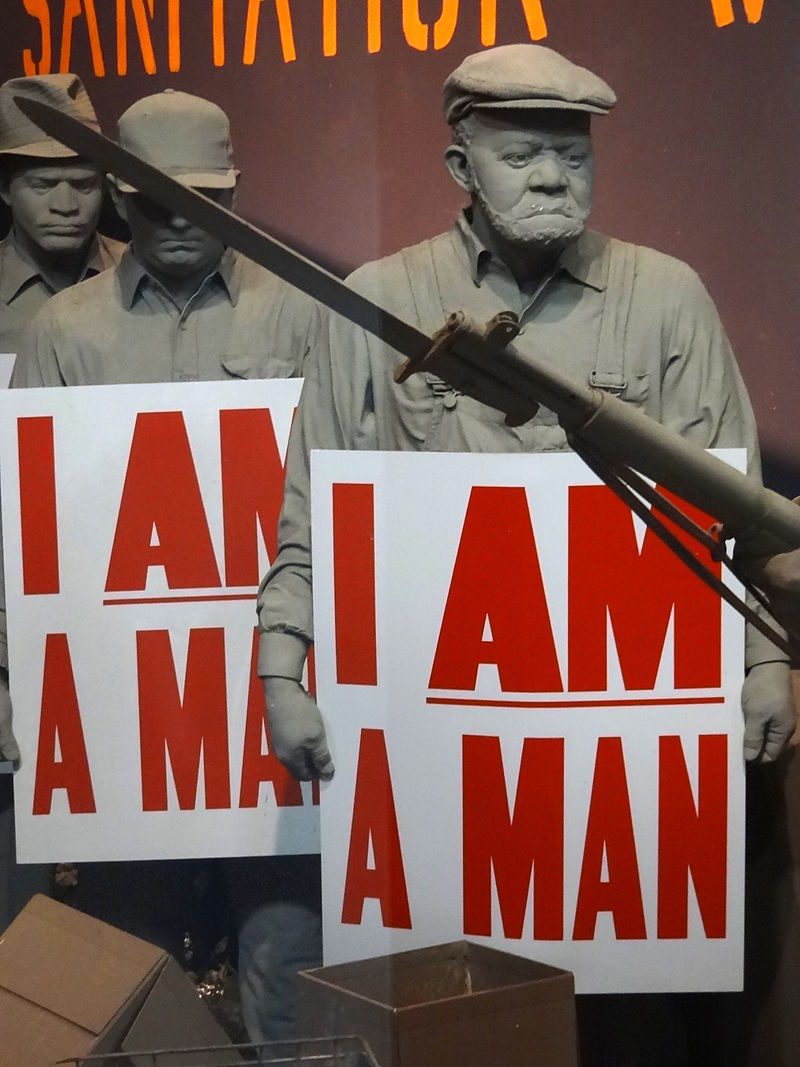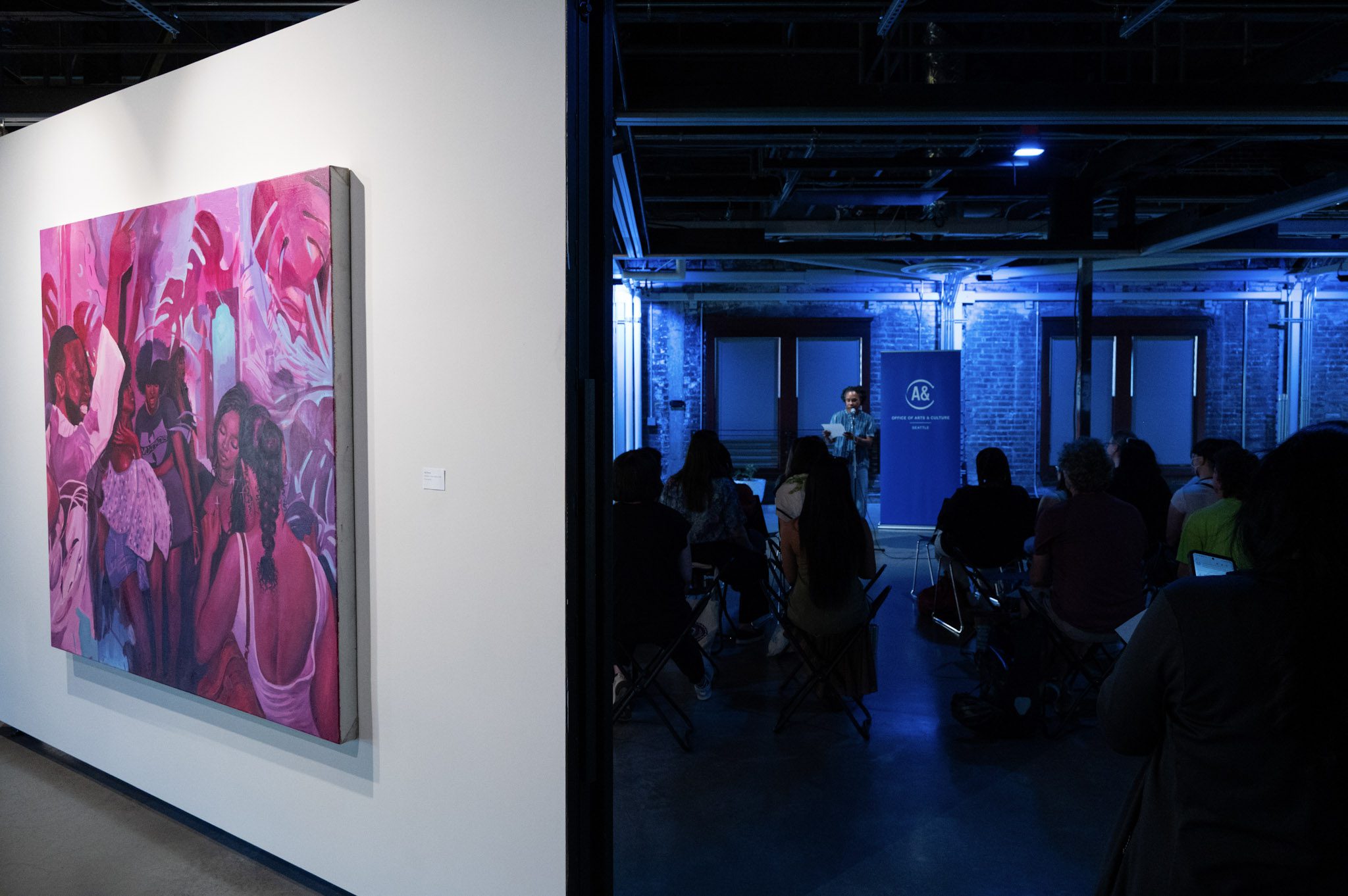
By Dr. James R. Gore
Art can provide a platform of expression for social commentary. Poet, author, academic, and President of the Andrew W. Mellon Foundation, Elizabeth Alexander’s new book, The Trayvon Generation, is a reflection from the perspective of an African American mother and professor, expressing concern for her students. The book’s inner cover indicates that Alexander:
“…wrote a celebrated and moving reflection on the challenges facing young Black America. Originally published in the New Yorker, the essay incisively and lovingly observed the experiences, attitudes, and cultural expressions of what she referred to as “The Trayvon Generation,” who even as children could not be shielded from the brutality that has affected the lives of so many Black people…” (Alexander, 2022).

May 14, 2012, 13:06:45. Source: Own work. Author: Adam Jones, Ph.D.
The opening chapter of the book provides a reference from Dr. W.E.B. DuBois’s Souls of Black Folks, published in 1903, critically examining America’s primary issue in the 20th Century, Alexander updates DuBois’s analysis stating, “the problem with the 21st Century remains the color line…. How does it feel to be a problem.” (p.3). He is inferring that Black folks may still be perceived as a “problem” by some in America.
In the book, Alexander uses literary and visual art to express the African American perspective of the “problem.” She cites the poem why some people be mad at me sometimes by Lucille Clifton, Maryland State poet laureate, written to commemorate Maryland’s 350th Anniversary:
they ask me to remember
but they want me to remember
their memories
and i keep on remembering
mine.
The perception of the “problem” in America is expressed overtly and covertly via multimedia channels and institutionally. The consequences of perceiving African Americans as the “problem” has cognitive effects on everyone, including African Americans. Therefore, to combat this perception, it is important to create positive self-expression and self-identity by African Americans artistically and in all forms of media.
Historically, African American aesthetics have not always been positively received institutionally or individually, which may be a contributing factor to the “problem.” For example, the recent banning of the 1952 American literary classic Invisible Man by Ralph Ellison by school districts in our country, illustrates the perception of the “problem” still exists.
The questions related to the “problem” posed by DuBois and Alexander may be a double entendre, meaning, the questions are directed to the folks who are perceived to be the “problem” and the folks perceiving the “problem.”
My question is, what is the solution?


